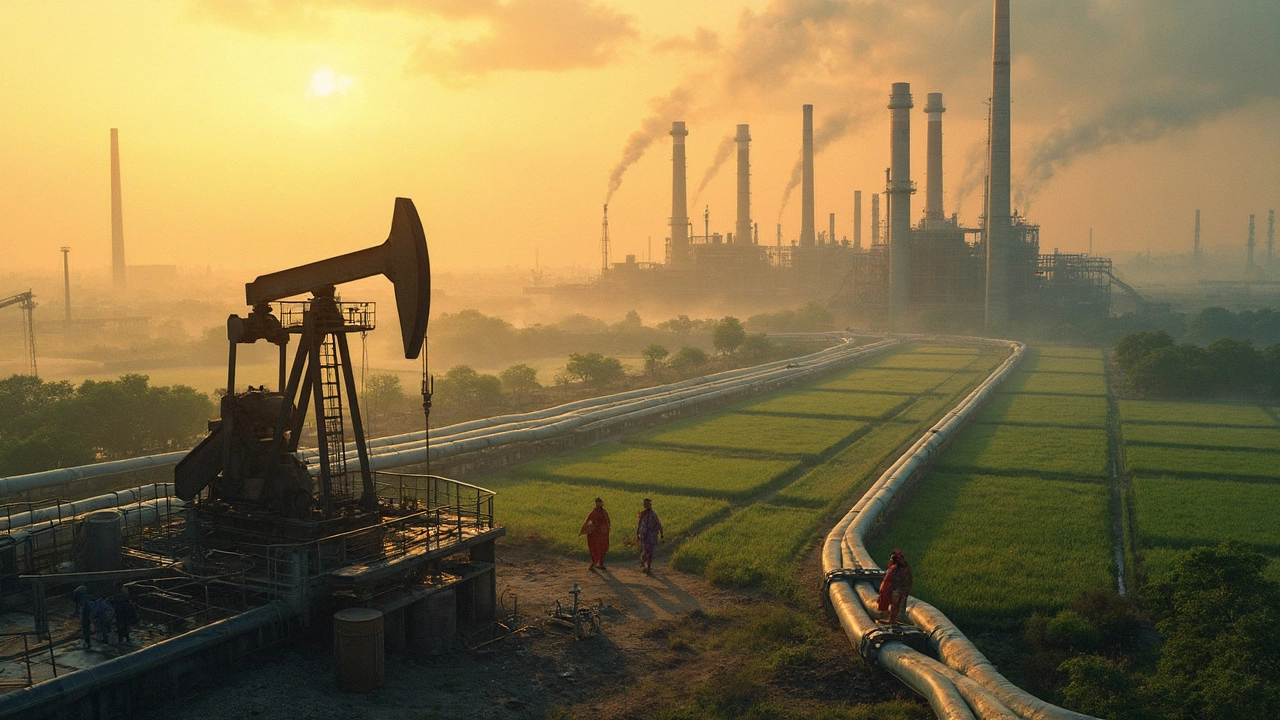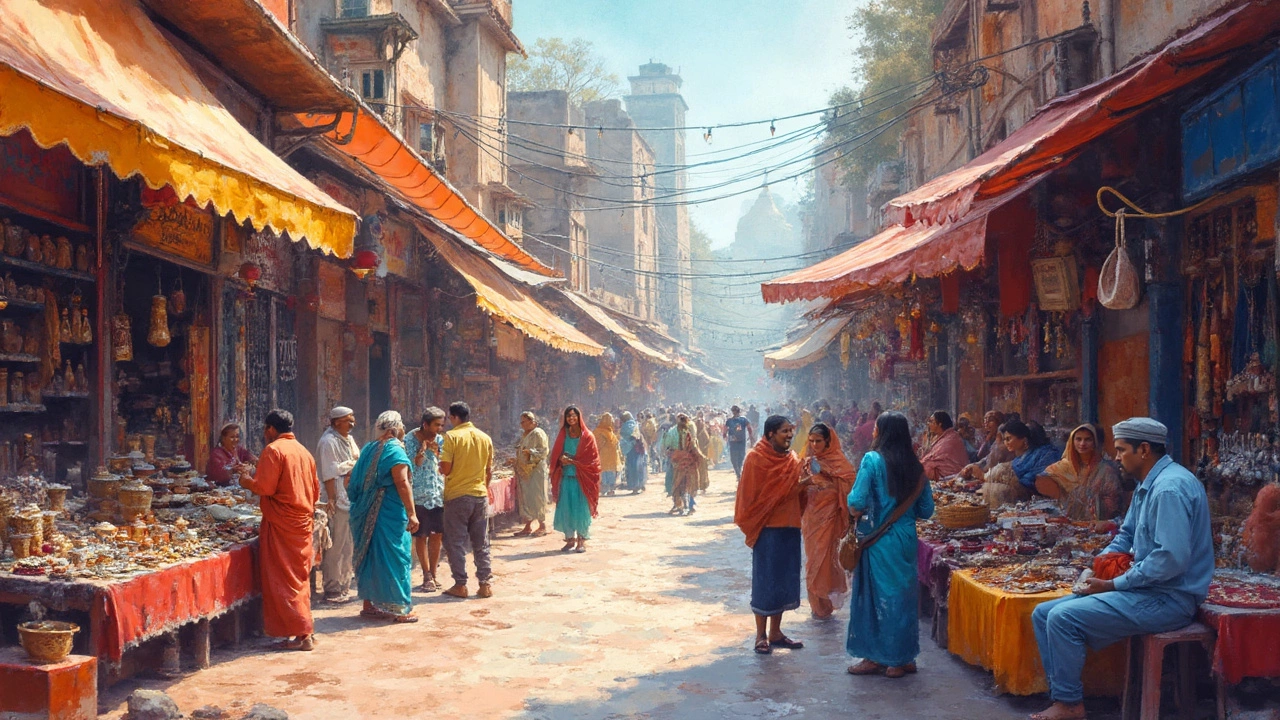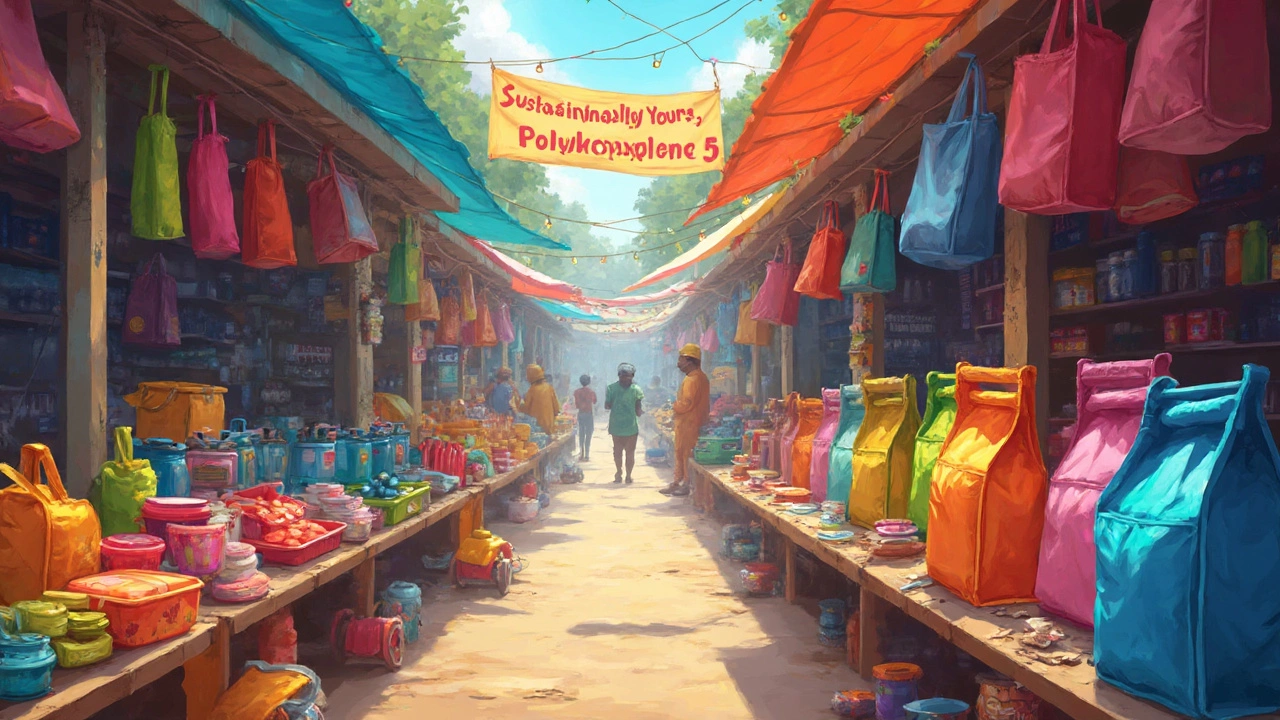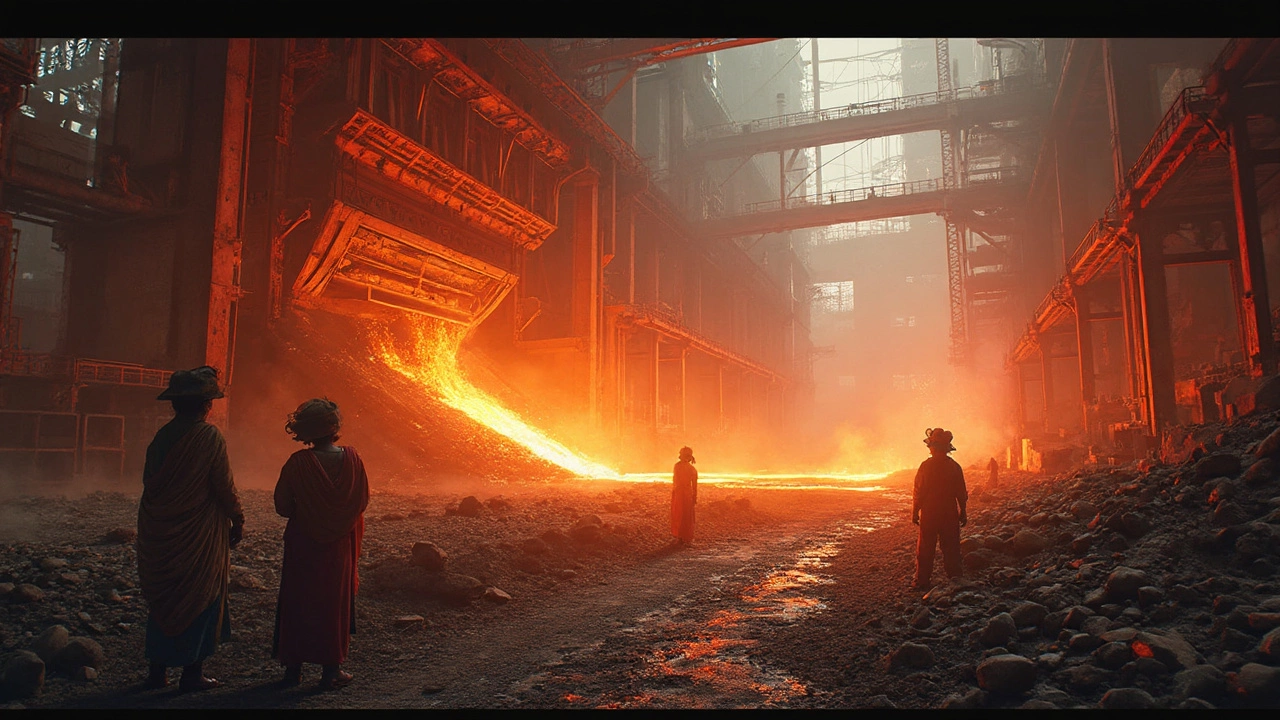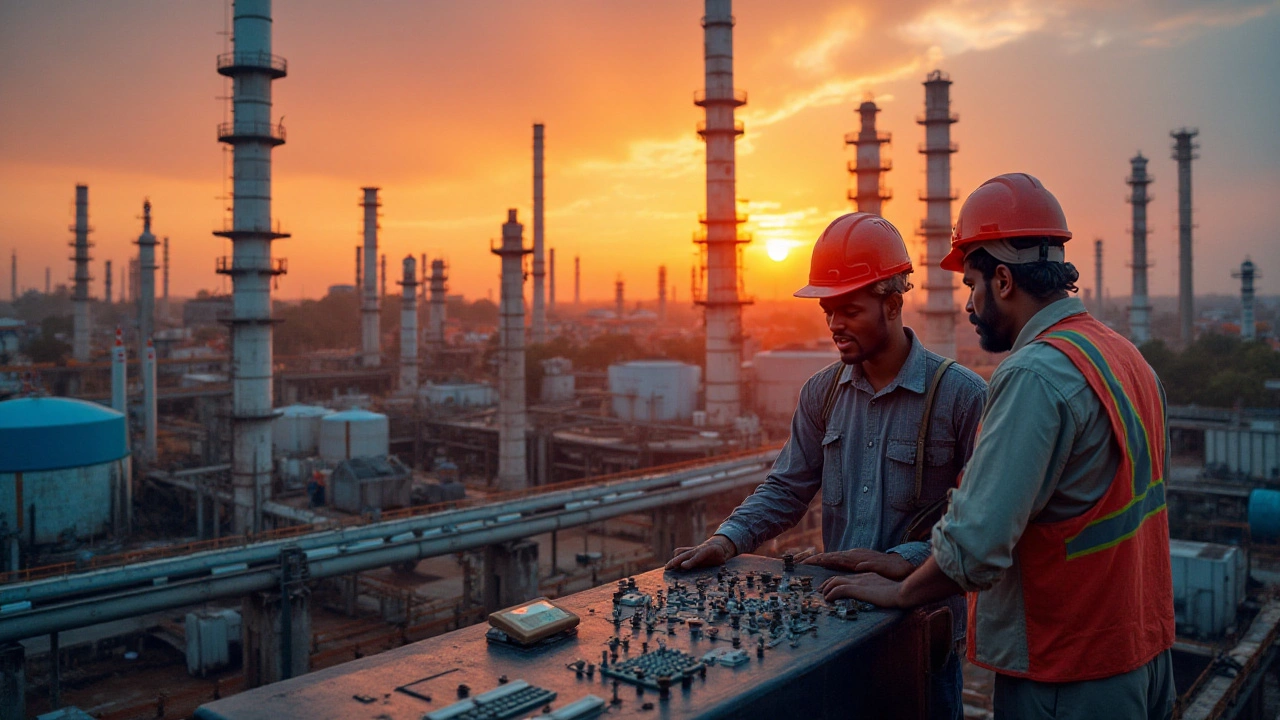Indian Manufacturing Industry – February 2025 Archive
When talking about the Indian manufacturing industry, the network of factories, workshops, and supply chains that turn raw resources into the products we use every day, you’re looking at a powerhouse that fuels the nation’s economy. Also known as India’s industrial sector, it blends traditional craftsmanship with cutting‑edge technology. The Indian manufacturing industry isn’t a single monolith; it houses everything from high‑volume furniture plants to niche chemical labs. Below you’ll see how each piece fits together, starting with the country’s rise as a furniture giant.
From Wood to Worldwide: Furniture Manufacturing
One of the standout stories in this archive is the surge of furniture manufacturing, the process of designing, cutting, assembling, and finishing wood, metal, or composite pieces for homes and offices. Indian makers combine age‑old carving techniques with modern CNC machines, letting them produce both handcrafted heirlooms and mass‑produced chairs for export. This blend of skill and scale has turned India into a serious contender against traditional furniture hubs in Europe and North America. The growth of furniture manufacturing also creates ripple effects: more jobs in logistics, new demand for raw timber, and a boost to local design schools.
Plastic manufacturing, another key thread, tightly links to the country’s petrochemical base. Plastic raw materials, the petroleum‑derived feedstocks like naphtha and ethylene that become everyday polymers such as polypropylene and polyethylene, are sourced from India’s expanding refinery network. The sector’s strength lies in turning these feedstocks into everything from packaging to automotive components. What’s interesting is how the industry is shifting toward greener alternatives—bio‑based plastics and recycling initiatives are gaining traction, showing that sustainability is becoming part of the manufacturing DNA. This transition requires new equipment, skilled technicians, and stricter quality controls, all of which feed back into the broader industrial ecosystem.
The chemical industry, the collection of processes that transform raw minerals, gases, and liquids into chemicals, fertilizers, polymers, and specialty compounds sits at the crossroads of many other sectors. Its growth fuels both the plastic and pharmaceutical arenas, providing essential intermediates like solvents, acids, and active ingredients. Recent investments in advanced reactors and digital monitoring have lifted productivity while cutting waste. For pharma, this chemical backbone means faster time‑to‑market for generic drugs and innovative therapies, especially as India cements its role as a global drug supplier. The synergy between chemicals and pharma also sparks job creation in research labs, quality assurance, and regulatory affairs.
Beyond these highlighted fields, the archive also touches on steel giants, automobile manufacturers, and small‑scale production ideas that prove entrepreneurship is alive and well. Each article paints a piece of the larger picture: a diverse, interconnected web where raw material extraction, process engineering, and market demand constantly shape one another. As you scroll down, you’ll find deep dives into the biggest steel owners, the leading car makers, and practical guides for starting a small manufacturing venture. All of these stories together illustrate how the Indian manufacturing industry continues to evolve, adapt, and lead in a competitive global landscape. Ready to explore the full range of insights? Dive into the posts below for a closer look at each sector’s challenges, triumphs, and future opportunities.

